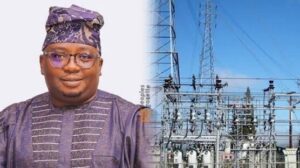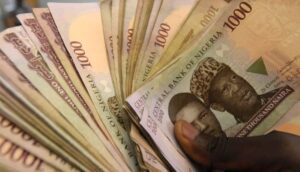


Reviving Nigeria’s textile industry: Power supply key to reigniting jobs, economic growth
In the late 70s and early 80s in Nigeria, especially in the South West and Northern states, Lagos and Kano in particular, over 60 percent of our working population were engaged in the textile industry.
At one point in Lagos State, the number of workers going to work at night was approximately equal to those on the day shift, thanks to the textile industry. Coastal buses were everywhere, transporting shift workers to and from their places of work. The prominence of the textile companies was so great that some bus stops, like Aswani near Isolo, were named after them.
Insecurity, as we know it today, was non-existent back then. Power supply was steady and constant. Jobs were so plentiful that during long holidays, students willing to work could find vacation jobs and were paid until they resumed classes. Power supply, as previously stated, was reliable, with appliances and industrial equipment functioning well directly plugged into the mains.
As time progressed, stabilisers appeared in homes to cope with power fluctuations and unreliable electricity supply. Instead of improving, the situation worsened, leading to the widespread use of generators, which have persisted to this day. The inevitable result was a significant loss of jobs and a rise in acute unemployment.
Today, unemployment has become a pervasive issue, and even those who are employed often face delays in their pay. As companies began closing down, the job market was flooded with a large number of youths. An idle mind, as they say, is the devil’s workshop, leading to increased restiveness and a surge in crime and other social vices.
Today, the country suffers from rampant cultism, kidnapping, banditry, and insurgency. Fuel scarcity and issues with petroleum products have become routine, compounding the problems faced by a nation once known for its economic vitality. Additionally, the four refineries under NNPC (now NNPCL) have been rendered inoperative.
Instead of addressing these critical issues, a group of unpatriotic Nigerians, along with their foreign partners, has formed a cabal of petroleum importers, maintaining control and exacerbating the problem. This has resulted in the continued collapse of the national grid and prolonged maintenance issues with the refineries.
Returning to the topic at hand—the revival of the textile industry—recently, Vice President Kashim Shettima engaged in discussions or an agreement with the International Cotton Advisory Committee (ICAC), headquartered in the USA, to bring back the textile industry. This initiative is commendable and holds promise. However, it is crucial to first address the fundamental issue of power supply.
The key to reviving the textile industry and other manufacturing sectors lies in ensuring a steady and reliable power supply. No investor can afford to spend over 60 percent of their funds on power generation, plus other overhead costs, in an unstable business environment. Therefore, the Federal Government, under the leadership of Sen Ahmed Bola Tinubu, must prioritise generating stable and sustainable power before finalising agreements with foreign partners to revive the textile industry and other sectors.
A car manufacturing company in the USA can employ about 10 percent of the country’s population. If we extrapolate this across various sectors, it becomes clear why unemployment remains a major issue in countries with robust industrial sectors.
In essence, while the government’s initiative to revive the textile industry is a step in the right direction, it is crucial that the national grid is stabilised to support this effort. The revival of the textile industry, alongside other manufacturing sectors, and the broader goal of industrialising the country, is achievable with commitment and patriotism. This requires a strong political will, and there is hope that the discussions with ICAC signal a positive direction.



